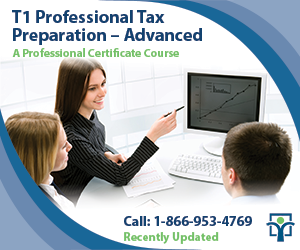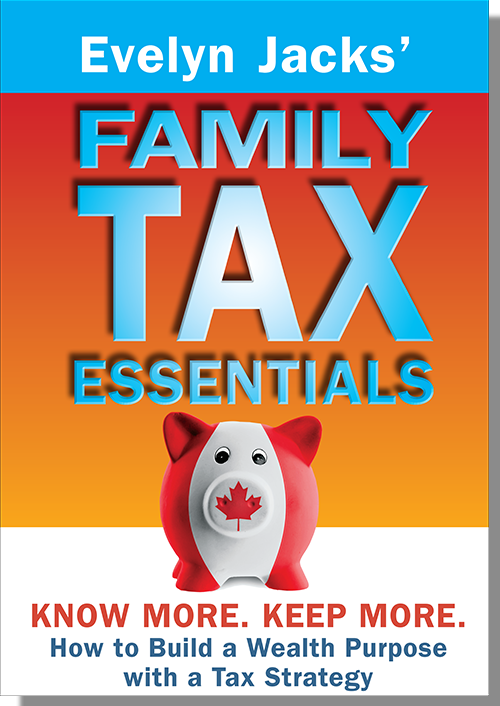Last updated: February 08 2016
Earn Over $956 A Month Tax Free In 2016

Did you know that in Canada every individual can earn over $950 a month completely tax free? You’ll want to pay particular attention to the “tax credits” you may be entitled to, and how to benefit from them, as you get ready to file your tax return.
Tax credits come in two types: refundable and non-refundable, and both the federal and provincial tax forms have them. Both are lucrative and filing a tax return is mandatory if you are going to benefit from them. Here’s a brief primer to help you better benefit; starting with a look at non-refundable tax credits.
Everyone resident in Canada qualifies for the Basic Personal Amount (BPA) or “Tax-Free Zone”. For 2015 the BPA was $11,327 and for 2016 it is $11,474. That means you can earn over $956 every month completely tax-free. These types of credits reduce federal taxes payable by 15% of their dollar value; they are also included in provincial tax calculators although the amounts vary by province.
There are many other non-refundable tax credits on the federal tax return, all of which increase your “Tax-Free Zone”, and reduce taxes payable. This means that these credits do not help those who do not pay tax—and they don’t accumulate; that is, you can’t save them up and use them next year either.
 |
Review Schedule 1 of your T1 General Return for a complete listing of non-refundable tax credits available for your use. Try to identify those that your household will benefit from. They may seem familiar to you. That’s because your employer will generally ask you to complete a TD1 Personal Tax Credit Return every year, to better determine how much tax will be withheld from your income.
Certain non-refundable tax credits can be claimed for your dependants, like the Public Transit Amounts or Medical Expenses. In other cases, non-refundable tax credits can be transferred to or from your spouse, like the Pension Income Amount or Age Amount.
The amount that can be claimed is often based on the dependant’s net income on Line 236 of their tax return. That is income may be reduced by certain deductions like child care expenses. A focus on reducing net income should also influence the order in which you make your investments. For example, you can reduce your net income by making an RRSP contribution if you are eligible.
Net income is also reduced by claiming moving expenses or carrying charges like tax deductible interest payments on certain loans taken for investment purposes. Even deducting your union dues and allowable employment expenses will make a difference.
 |
Taken together, when you know your family’s “tax-free zones” you’ll be able to better plan family income and the level of tax you’ll pay on it over time. This will give your family unit more economic power, and help you build and retain more family wealth.
Next Time: Refundable Tax Credits
Evelyn Jacks is a best-selling Canadian author of 52 books including her latest, Family Tax Essentials, which will be published next month. Evelyn is the Founder and President of Knowledge Bureau, a national educational institute. To learn more about professional tax preparation and tax-efficient wealth management, see www.knowledgebureau.com.





